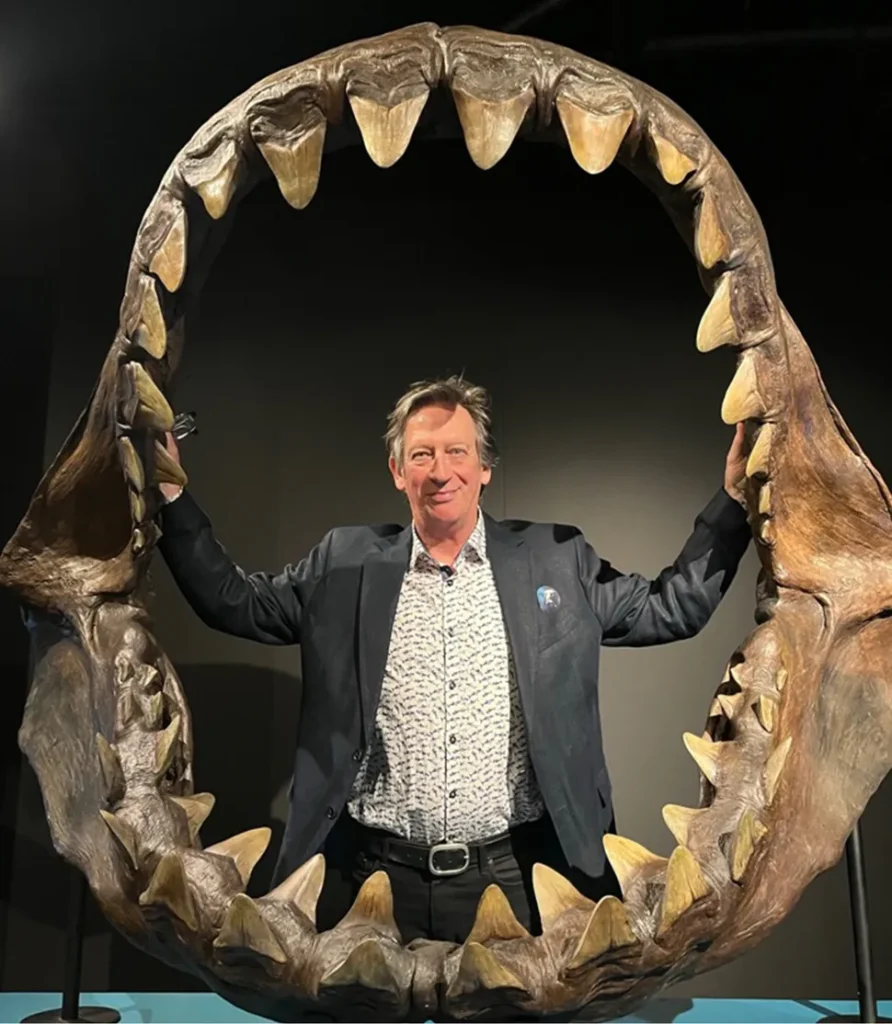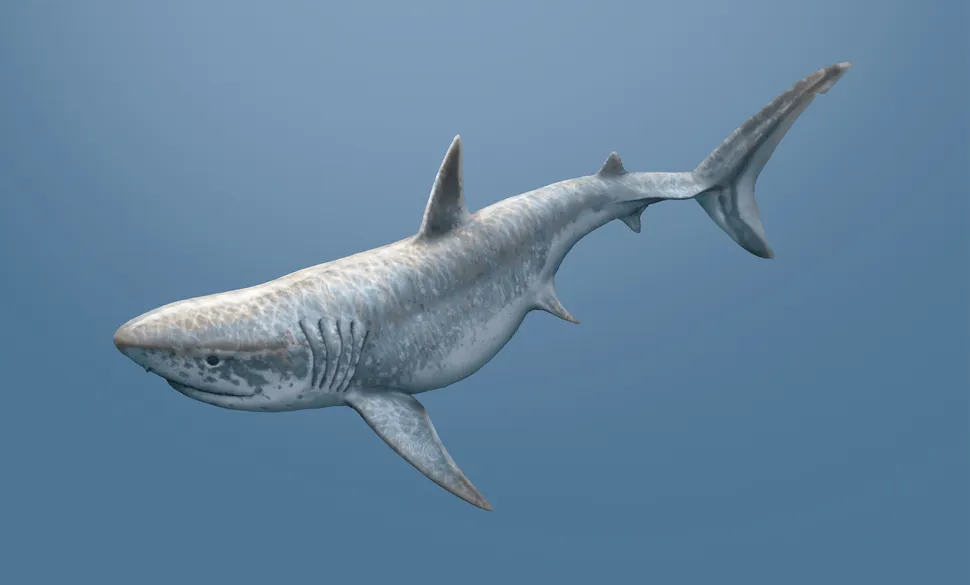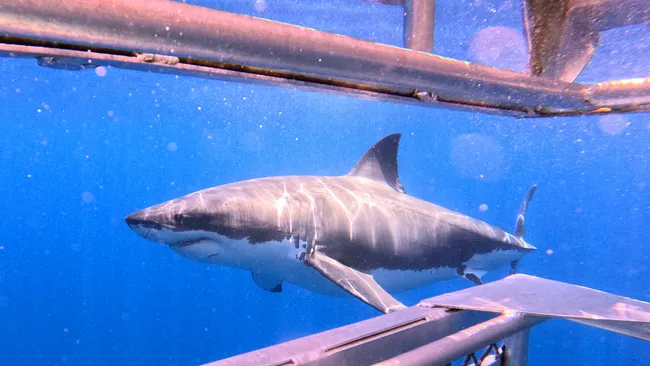“The Secret History of Sharks” author John Long met with Live Science to discuss his new book, recent revelations about megalodons, and how he got over his fear of great whites.
The Ancient Legacy of Sharks
Sharks are among the most successful and mysterious predators our planet has ever seen. With a lineage spanning nearly half a billion years, sharks have evolved into formidable creatures such as the mighty megalodon, the buzz-saw-jawed Helicoprion, and today’s fearsome great white shark. But what has allowed sharks to thrive for so long, surviving every major extinction event?
Adaptability: The Key to Survival

John Long, a paleontology professor at Flinders University, has dedicated over 40 years to studying ancient sharks. In his latest book, The Secret History of Sharks (Ballantine Books, 2024), Long delves into the incredible story of shark evolution. In an interview with Live Science, he emphasized one primary trait that has ensured their survival: adaptability.
According to Long, sharks are the only group of jawed, backboned animals to survive all five major mass extinction events. Their success is not due to sudden evolutionary changes but because they have maintained enough genetic diversity to ensure some lineages always endure.
Evolutionary Advantages: Shark Body Plans and Teeth
By the Devonian period (around 419 to 359 million years ago), sharks had developed the body plan we recognize today. This allowed them to adapt rapidly, making each extinction event less impactful. In addition to a superior body design, sharks also evolved versatile teeth. From crushing plates to sharp, tearing, and slicing teeth, they became highly adaptable hunters. This unique dental plasticity, according to Long, is akin to a “Swiss Army knife,” enabling them to exploit diverse food resources.
Unlocking Secrets of the Megalodon
Long’s research has also shed light on the mighty megalodon (Otodus megalodon), one of history’s greatest predators. Recent studies using clumped isotope paleothermometry have confirmed that megalodon was warm-blooded, maintaining a body temperature of around 27°C (80°F). This trait allowed it to roam into colder waters, which may explain its global presence, except in Antarctica.

Interestingly, Long speculates that whales might have sought refuge in Antarctic waters to escape megalodon predation, returning to warmer waters for breeding.
Gaps in the Fossil Record
Despite significant progress in shark research, some mysteries remain. The first 56 million years of shark evolution are poorly understood due to a lack of fossil evidence. It’s not until the Devonian period that we start seeing shark teeth in abundance, offering clearer insights into their history. The relationship between sharks and placoderms, like the armored Dunkleosteus, is one of the biggest open questions.
A recent discovery of a fish called Shenacanthus in China, which shows both shark-like and placoderm characteristics, could help bridge the evolutionary gap between these groups.
Shark Conservation: A Call to Action
Long’s work also highlights the ongoing threat sharks face today, primarily from the shark finning industry. Between 70 and 100 million sharks are killed annually for their fins, a practice that Long describes as cruel and devastating. He urges for stronger global efforts to ban shark finning, citing positive steps taken by countries like the U.K., where imports of shark fin products are being restricted.
Sharks: The Misunderstood Predators
Despite their fearsome reputation, sharks are more than just dangerous predators. Long reflects on his own experience swimming with great whites off the Neptune Islands in Australia, the very location where scenes from Jaws were filmed. Initially terrified, Long found himself captivated by their beauty, observing the unique personalities and battle scars of individual sharks.
“Each one has a life story,” Long says, “and they deserve a chance at life just as much as we do.”
